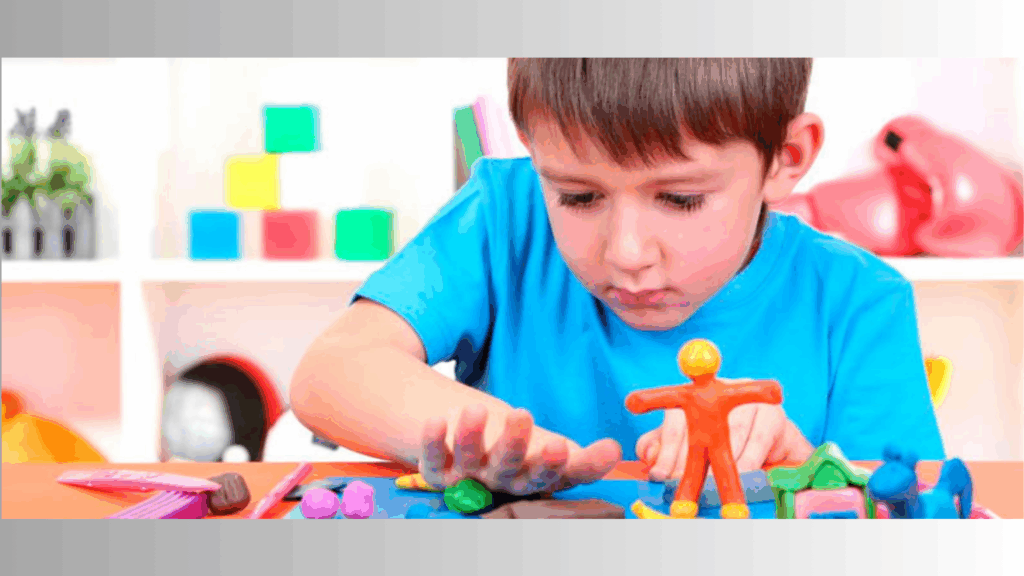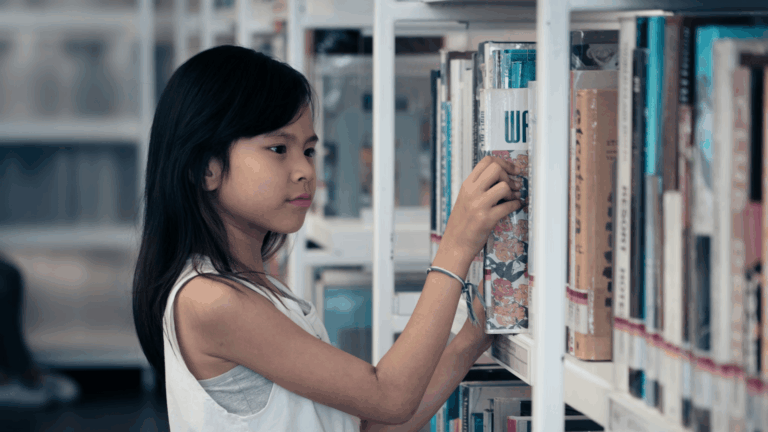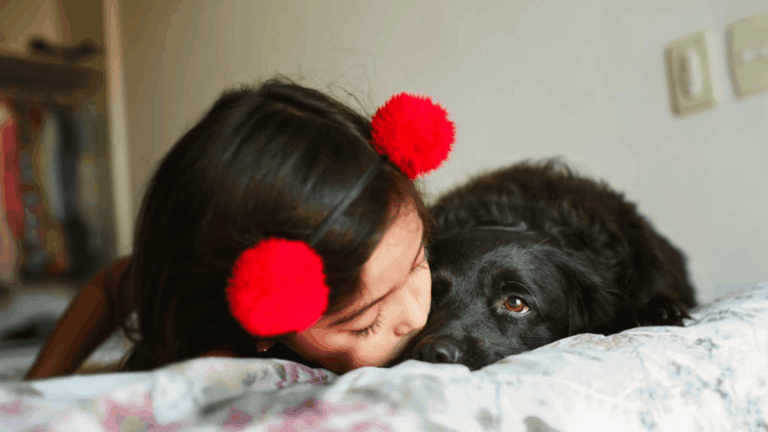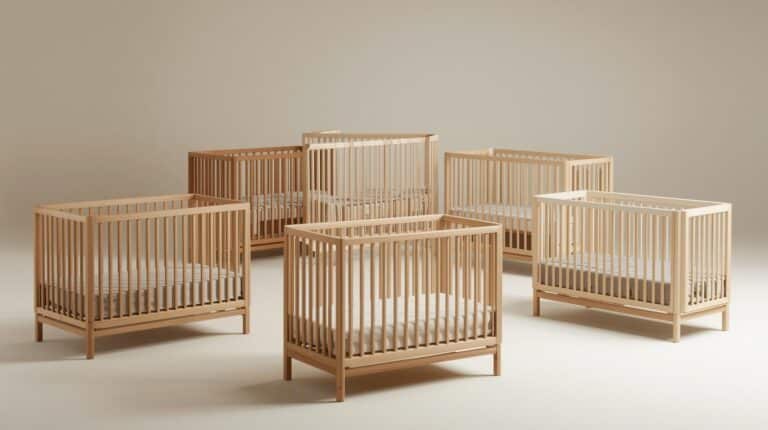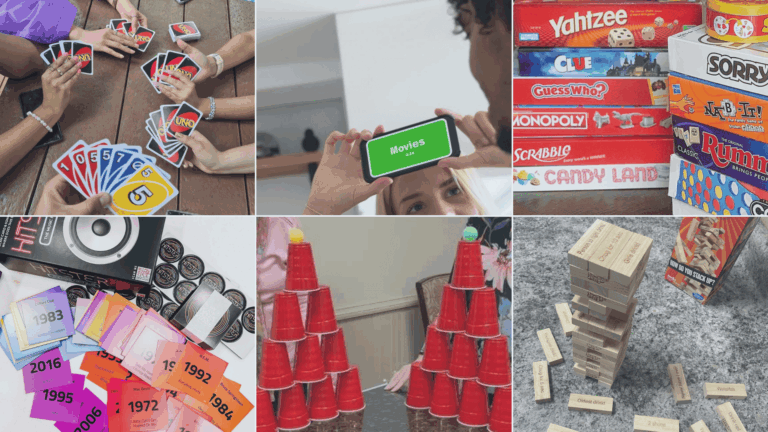Children often struggle to express their feelings through words alone.
Many parents and therapists know that traditional talk therapy doesn’t always work for young minds, and that’s where effective play therapy techniques for children become essential.
These methods offer a natural way for kids to communicate their emotions and work through challenges.
This blog post will show parents and professionals practical approaches that help children heal and grow through play. Readers will learn methods that connect with children on their level and create meaningful therapeutic breakthroughs.
What Are Play Therapy Techniques?
Play therapy techniques are specialized methods that use games, toys, and creative activities to help children communicate their feelings. Unlike traditional therapy that relies on conversation, these approaches tap into how children naturally learn and express themselves.
These methods work best with children aged 3 to 12 years old, though some techniques can be adapted for teenagers.
Younger children benefit most because play is their primary way of understanding the world around them.
Effective therapy techniques for children serve multiple purposes in supporting healthy development:
- Emotional processing – Children work through difficult experiences without needing complex vocabulary
- Behavior improvement – Kids learn self-control and social skills through guided play activities
- Trust building – The non-threatening nature of play helps children feel safe with their therapist
- Problem-solving skills – Children practice making decisions and handling challenges in a supportive environment
Mental health professionals use these techniques to address issues like anxiety, trauma, family changes, and behavioral problems.
The key is creating an environment where children feel free to express themselves authentically through play rather than forced conversation.
How to Use Play Therapy Practices Effectively
Success with play therapy depends on creating the right environment and approach for each child.
Therapists and parents need to understand timing, setting, and individual needs to make these methods work. The key lies in being patient and letting children lead the process.
1. Create a safe space
Set up a designated area with age appropriate toys where children feel comfortable unearthing. Remove distractions and ensure the space feels welcoming rather than clinical.
2. Follow the child’s lead
Allow children to choose activities and guide play sessions rather than forcing specific outcomes. When kids feel in control, they naturally open up and engage more authentically.
3. Observe without judgment
Watch for patterns in play behavior and emotional reactions that reveal underlying concerns. Take mental notes about recurring themes that appear in the child’s play narratives.
4. Maintain consistent boundaries
Establish clear safety rules while keeping the atmosphere relaxed and supportive. Effective play therapy techniques for children work best when kids understand limits while feeling free to express themselves.
5. Build on natural interests
Incorporate activities that align with each child’s existing preferences and developmental stage. A child who loves building blocks will respond differently from one who prefers art or storytelling.
Creative Play Therapy Practices for Children
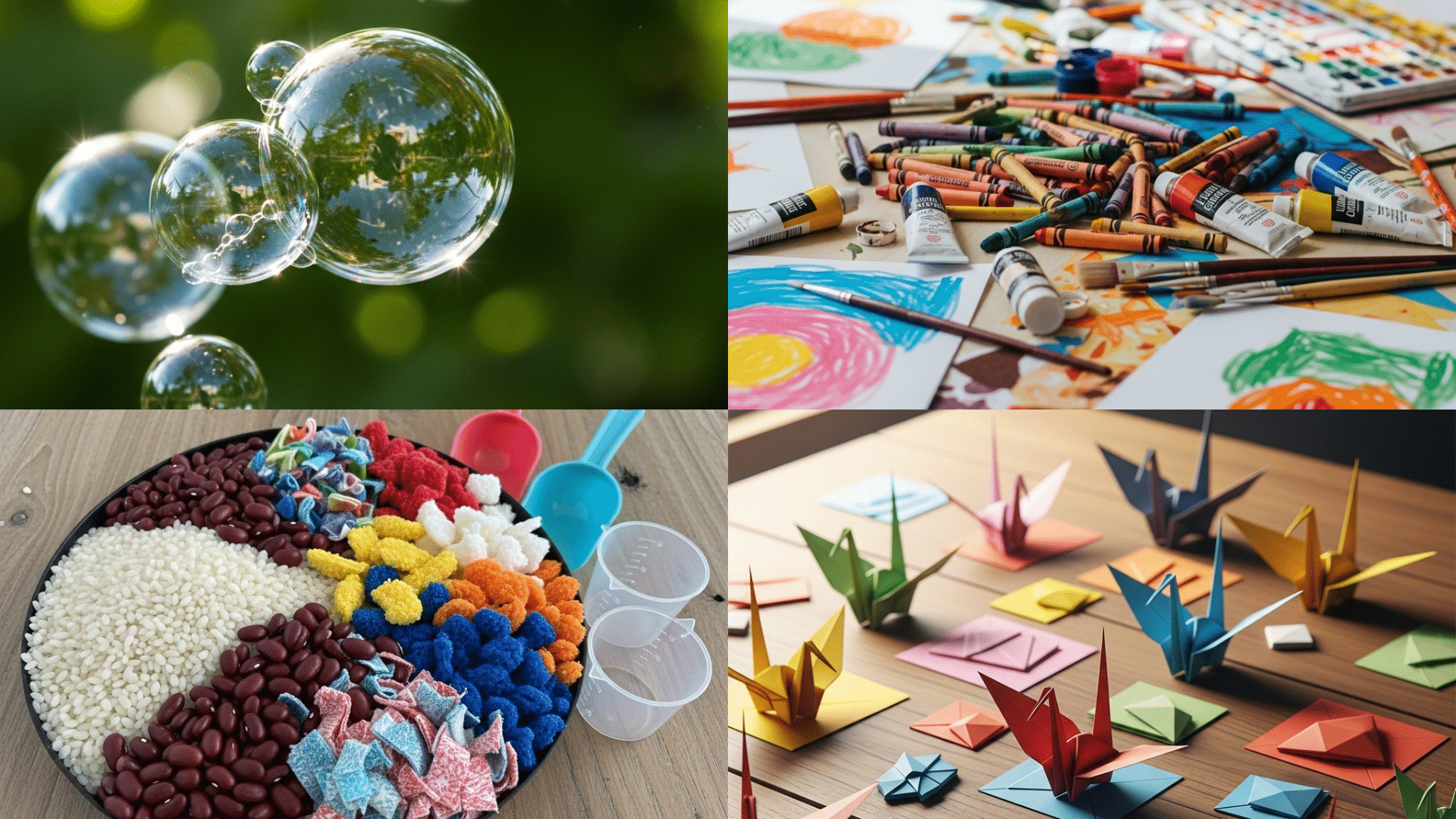
Creative approaches in therapy help children express complex emotions through hands-on activities and imaginative play.
These methods tap into natural childhood behaviors like drawing, building, and pretending to facilitate healing and growth. Therapists can choose from various effective play therapy techniques for children based on individual needs and preferences.
The following techniques offer diverse ways to connect with children and support their emotional development.
1. Sand Tray Therapy
- Activity overview: Children create scenes in a sandbox using miniature figures and objects to represent their inner world
- Age group: 4 to 12 years old
- Materials required: Sand tray, miniature toys, figures, natural objects
- How it helps: Helps process trauma, reduces anxiety, improves self-awareness
2. Puppet Play
- Activity overview: Children use puppets to act out stories and express feelings they might struggle to verbalize directly
- Age group: 3 to 10 years old
- Materials required: Various puppets, small stage or backdrop
- How it helps: Builds communication skills, processes difficult emotions, develops empathy
3. Art Expression Therapy
- Activity overview: Children create drawings, paintings, or collages to communicate their thoughts and feelings visually
- Age group: 3 to 12 years old
- Materials required: Paper, crayons, paints, magazines, glue, scissors
- How it helps: Enhances emotional expression, reduces stress, builds self-esteem
4. Storytelling Through Dolls
- Activity overview: Children create narratives using dolls or action figures to work through personal experiences
- Age group: 4 to 11 years old
- Materials required: Various dolls, dollhouse, furniture, accessories
- How it helps: Processes family dynamics, improves problem-solving, builds narrative skills
5. Clay Modeling
- Activity overview: Children shape and mold clay to create objects that represent their feelings or experiences
- Age group: 5 to 12 years old
- Materials required: Modeling clay, sculpting tools, work surface
- How it helps: Provides sensory input, releases tension, encourages creativity
6. Music and Movement
- Activity overview: Children use instruments, singing, or dancing to express emotions and release energy
- Age group: 3 to 12 years old
- Materials required: Simple instruments, scarves, recorded music
- How it helps: Regulates emotions, improves mood, enhances social connection
7. Board Game Therapy
- Activity overview: Children play therapeutic board games designed to address specific emotional or behavioral issues
- Age group: 6 to 12 years old
- Materials required: Therapeutic board games, dice, game pieces
- How it helps: Teaches coping skills, improves social skills, builds patience
8. Dress-Up Role Play
- Activity overview: Children wear costumes and act out different roles to explore various perspectives and emotions
- Age group: 4 to 10 years old
- Materials required: Costumes, hats, props, mirrors
- How it helps: Builds confidence, explores identity, develops social skills
9. Building Block Therapy
- Activity overview: Children construct towers, houses, or abstract shapes to represent their internal world
- Age group: 3 to 12 years old
- Materials required: Various building blocks, Legos, wooden blocks
- How it helps: Improves focus, builds problem-solving skills, provides sense of control
10. Water Play Therapy
- Activity overview: Children engage with water through pouring, splashing, or floating objects for sensory regulation
- Age group: 3 to 8 years old
- Materials required: Water table, cups, funnels, floating toys
- How it helps: Calms anxiety, provides sensory input, encourages unearthing
11. Journal Drawing
- Activity overview: Children create visual journals combining drawings with simple words to document their feelings
- Age group: 6 to 12 years old
- Materials required: Blank notebooks, colored pencils, stickers
- How it helps: Tracks emotional progress, builds self-reflection, improves communication
12. Emotion Cards Activity
- Activity overview: Children identify and discuss feelings using cards that display different emotional expressions
- Age group: 5 to 12 years old
- Materials required: Emotion cards, discussion prompts
- How it helps: Builds emotional vocabulary, improves recognition, enhances empathy
13. Nature Collection Play
- Activity overview: Children gather natural items outdoors and create stories or scenes with their findings
- Age group: 4 to 11 years old
- Materials required: Collection bags, natural outdoor space
- How it helps: Connects with nature, reduces stress, encourages mindfulness
14. Origami Folding
- Activity overview: Children learn simple paper-folding techniques to create objects while practicing patience and focus
- Age group: 6 to 12 years old
- Materials required: Colored paper, instruction guides
- How it helps: Improves concentration, builds accomplishment, teaches perseverance
15. Sensory Bin Unearthing
- Activity overview: Children explore bins filled with various textures like rice, beans, or fabric pieces
- Age group: 3 to 8 years old
- Materials required: Large bins, various textured materials, scoops
- How it helps: Provides calming input, reduces overstimulation, and encourages focus
16. Photo Storytelling
- Activity overview: Children create stories using photographs of family, friends, or meaningful places
- Age group: 7 to 12 years old
- Materials required: Printed photos, poster board, markers
- How it helps: Processes relationships, builds narrative skills, and strengthens memory
17. Bubble Play Therapy
- Activity overview: Children blow bubbles and engage in bubble-related activities for calming and joy
- Age group: 3 to 10 years old
- Materials required: Bubble solution, various bubble wands
- How it helps: Reduces anxiety, promotes deep breathing, creates positive experiences
18. Mask Making
- Activity overview: Children design and create masks to represent different aspects of their personality or feelings
- Age group: 6 to 12 years old
- Materials required: Paper plates, craft supplies, elastic strings
- How it helps: Explores identity, builds creativity, and processes emotions
19. Miniature World Building
- Activity overview: Children create small worlds using tiny objects to represent their life experiences
- Age group: 5 to 12 years old
- Materials required: Small containers, miniature items, natural materials
- How it helps: Provides a sense of control, processes experiences, builds focus
20. Rhythm Stick Activities
- Activity overview: Children use rhythm sticks to create beats and patterns while expressing emotions through sound
- Age group: 4 to 10 years old
- Materials required: Wooden rhythm sticks, recorded music
- How it helps: Releases energy, improves coordination, regulates emotions
Additional Play-Based Therapy Methods for Children
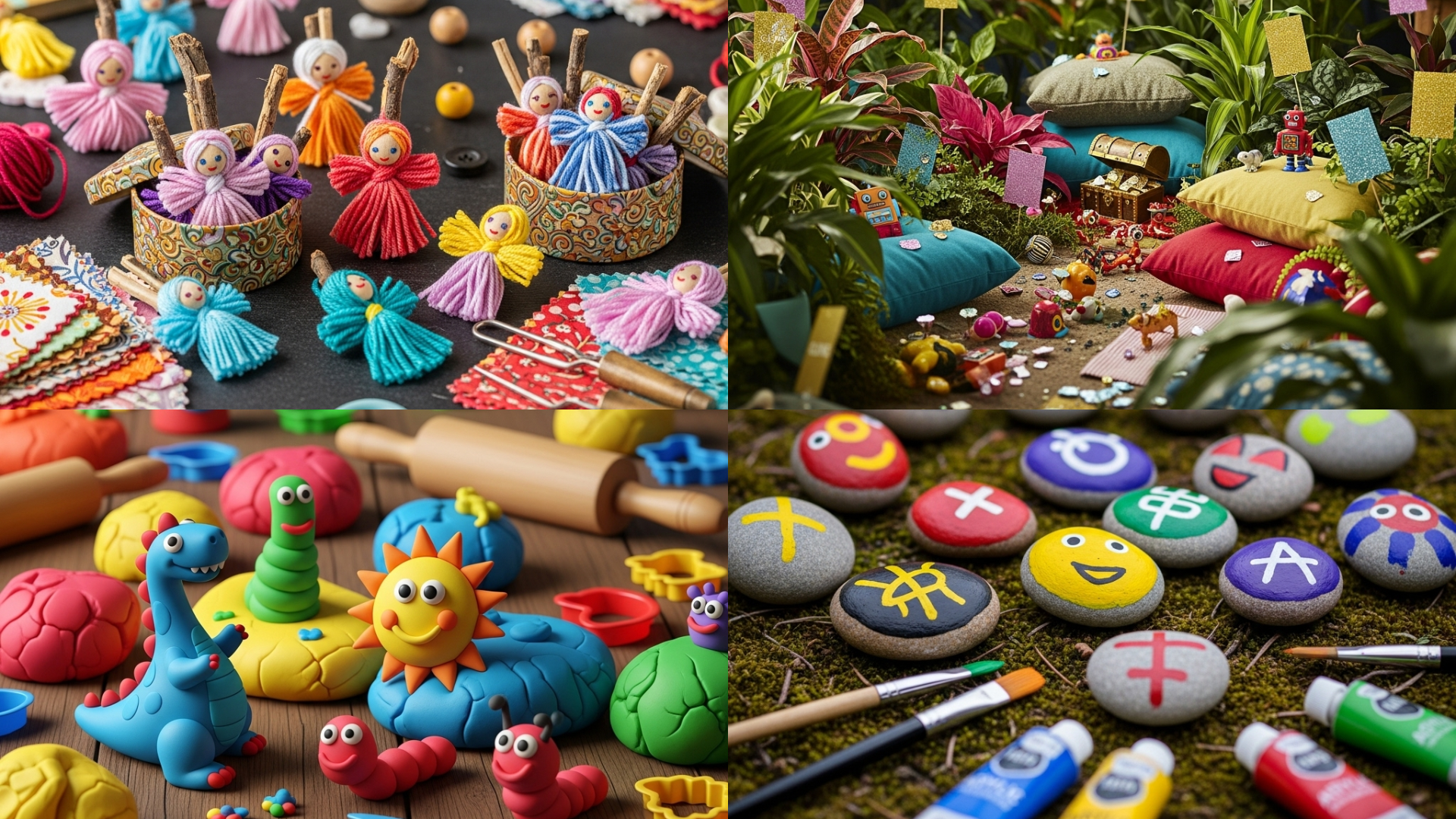
Beyond the foundational methods already covered, therapists and caregivers can benefit from unearthing more specialized approaches.
These additional effective play therapy techniques for children offer unique ways to address specific emotional needs and developmental challenges.
Each technique provides different pathways for connection and healing based on individual circumstances.
21. Worry Doll Craft
- Activity overview: Children create small dolls designed to hold their worries and fears overnight
- Age group: 6 to 12 years old
- Materials required: Wooden dolls, yarn, fabric scraps, small boxes
- How it helps: Reduces bedtime anxiety, externalizes worries, and provides comfort
22. Treasure Hunt Games
- Activity overview: Children follow clues to find hidden objects while building problem-solving and confidence
- Age group: 5 to 12 years old
- Materials required: Written clues, small prizes, hiding spaces
- How it helps: Builds confidence, improves problem-solving, creates positive experiences
23. Playdough Storytelling
- Activity overview: Children create characters and scenes with playdough while narrating stories about their creations
- Age group: 3 to 10 years old
- Materials required: Various colors of playdough, sculpting tools
- How it helps: Enhances creativity, processes experiences, and provides sensory input
24. Mirror Work Activities
- Activity overview: Children engage in positive self-talk and expression exercises while looking in mirrors
- Age group: 5 to 12 years old
- Materials required: Child-safe mirrors, positive affirmation cards
- How it helps: Builds self-esteem, improves self-awareness, and develops positive self-talk
25. Scarf Dancing
- Activity overview: Children move colorful scarves to music to express emotions through graceful movement
- Age group: 3 to 11 years old
- Materials required: Lightweight scarves, gentle music
- How it helps: Regulates emotions, improves body awareness, reduces stress
26. Rock Painting Therapy
- Activity overview: Children paint smooth rocks with designs or messages that represent their feelings or goals
- Age group: 5 to 12 years old
- Materials required: Smooth rocks, acrylic paints, brushes
- How it helps: Builds focus, creates lasting reminders, enhances self-expression
27. Feeling Thermometer
- Activity overview: Children use a visual thermometer to identify and track the intensity of their emotions
- Age group: 6 to 12 years old
- Materials required: Laminated thermometer charts, dry erase markers
- How it helps: Builds emotional awareness, tracks progress, improves communication
28. Animal Movement Therapy
- Activity overview: Children imitate various animal movements and sounds to express different emotions and energy levels
- Age group: 3 to 9 years old
- Materials required: Animal picture cards, open space for movement
- How it helps: Releases energy, builds body awareness, encourages expression
29. Kindness Stone Circle
- Activity overview: Children pass a special stone while sharing kind thoughts or positive experiences with the group
- Age group: 5 to 12 years old
- Materials required: Smooth decorative stone, comfortable seating
- How it helps: Builds social connection, promotes positivity, and develops empathy
30. Dream Catcher Creation
- Activity overview: Children create personalized dream catchers while discussing hopes, dreams, and positive thoughts
- Age group: 7 to 12 years old
- Materials required: Embroidery hoops, yarn, feathers, beads
- How it helps: Reduces nighttime fears, builds focus, creates protective symbols
31. Gratitude Jar Activity
- Activity overview: Children write or draw things they feel grateful for and place them in a decorated jar
- Age group: 6 to 12 years old
- Materials required: Clear jars, colored paper, decorating supplies
- How it helps: Builds positive thinking, improves mood, creates lasting reminders
The Bottom Line
These therapeutic approaches offer powerful tools for supporting children’s emotional growth and healing.
Parents and professionals now have practical methods to help young minds process difficult experiences through natural play behaviors.
Effective play therapy techniques for children work because they meet kids where they are developmentally, using their primary language of play.
The key lies in choosing appropriate activities based on each child’s age and specific needs. Consider consulting with a qualified play therapist to determine which methods would benefit the children in your care most.


